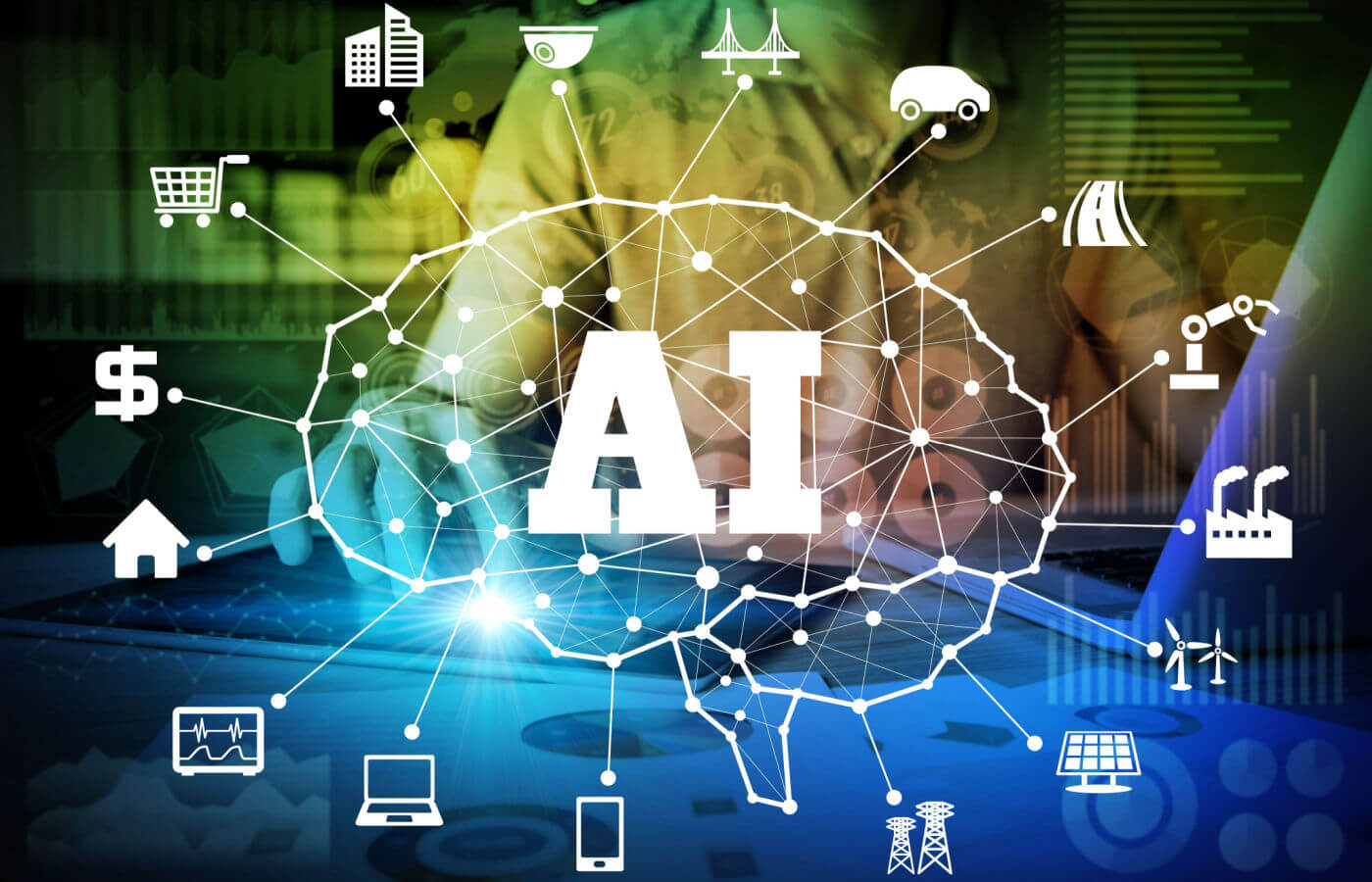Transitioning from Intent-based Bots to Proactive AI Agents

The Shift from Intent-Based Bots to Proactive AI Agents
As technology evolves, the landscape of artificial intelligence (AI) is undergoing significant changes. One of the most noteworthy trends is the transition from traditional intent-based bots to proactive AI agents. This shift is revolutionizing the way businesses interact with their customers and streamline operations.
What are Intent-Based Bots?
Intent-based bots have been the standard for many years. These bots rely on predefined user intents to understand and respond to inquiries. Here’s how they typically work:
Identify User Intent: The bot uses natural language processing (NLP) to figure out what the user wants. For example, if a user types "I need to book a flight," the bot identifies the intent as booking.
- Predefined Responses: Once the intent is recognized, the bot follows a scripted flow of conversation based on that intent. The responses are often limited to the conditions programmed into the bot.
While effective for straightforward tasks, intent-based bots can struggle with more complex interactions or when users deviate from expected phrases.
The Rise of Proactive AI Agents
Proactive AI agents take customer interaction to the next level. Unlike their intent-based counterparts, these agents are designed to anticipate user needs and act accordingly. This forward-thinking approach includes several key features:
Predictive Responses: Proactive AI can analyze previous interactions and user behavior to predict what assistance might be necessary. For instance, if a customer frequently books flights for business, the agent might proactively offer flight options tailored to their travel patterns.
Adaptive Learning: These agents use machine learning algorithms to adapt over time, enhancing their performance by learning from each interaction.
- Multi-Channel Engagement: Proactive AI can engage customers across various platforms, whether through chat, email, or social media, providing a seamless user experience.
Key Advantages of Proactive AI Agents
The shift toward proactive AI agents presents several benefits for businesses and consumers alike:
Enhanced Customer Experience: By anticipating needs, these agents provide timely and relevant support, fostering a more engaging experience.
Increased Efficiency: Proactive agents can handle multiple inquiries simultaneously and resolve issues before they escalate, saving time for both customers and companies.
Personalization: Through data analysis, proactive AI can tailor services and recommendations based on the individual preferences and history of the user, creating a more personalized experience.
- Reduced Workload on Human Agents: Many routine inquiries can be automated, allowing human agents to focus on more complex issues that require a personal touch.
The Future of AI in Customer Service
Looking ahead, the adoption of proactive AI agents is expected to keep growing. Businesses are recognizing the substantial advantages they offer, leading to an increase in investment in AI technologies. This trend is fueled by:
Technological Advancements: Continuous improvements in AI algorithms and NLP are enabling more sophisticated interactions between users and bots.
Shift in Customer Expectations: As consumers become accustomed to seamless and efficient service experiences, businesses must adapt or risk falling behind.
- Competitive Edge: Companies using proactive AI agents can differentiate themselves in crowded markets by providing superior service.
Examples of Proactive AI in Action
Many companies are already implementing proactive AI agents successfully. Here are a few notable examples:
Retail: Online retailers are using AI to suggest products based on previous purchases and browsing behavior, enhancing the shopping experience.
Banking: Financial institutions use proactive AI to alert customers about unusual account activities, providing real-time security measures.
- Travel: Airline and travel companies employ chatbots that can not only answer queries but also rebook flights and suggest alternatives if plans change.
In Conclusion
The transition from intent-based bots to proactive AI agents represents a significant milestone in AI technology. With improved customer satisfaction, operational efficiency, and personalized interactions, proactive AI agents are set to redefine customer service expectations in the digital age. As more businesses adopt this technology, the overall quality of service is expected to improve, paving the way for a more intuitive and responsive customer experience.




